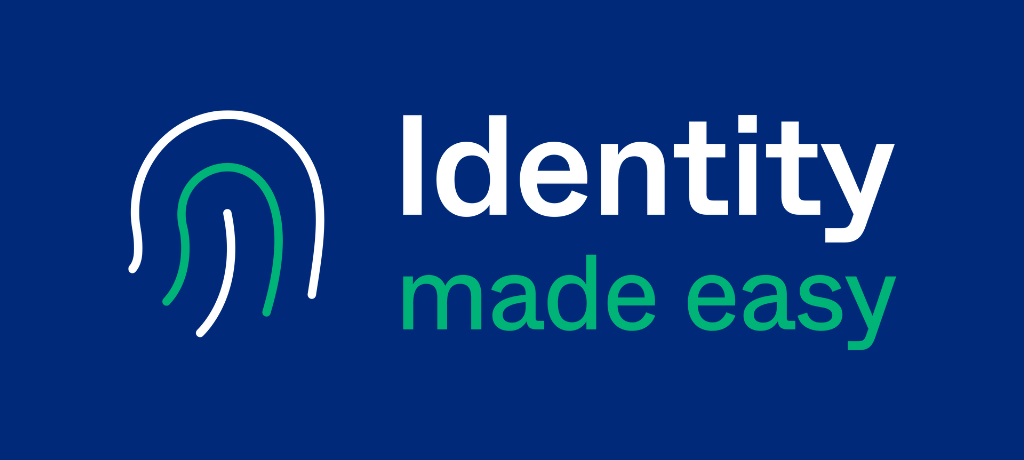Why You Can’t Have Zero Trust Security Without Identity
Surging cybercrime is a major concern for every organisation today. As employee expectations for more flexible working continue to grow, IT and Security leaders face immense pressures to protect their hybrid workforce as they move beyond the traditional network perimeter.
Yet, with cyberattacks having risen by 50% in the last year alone, 61% of them involving stolen or weak credentials, delivering the secure and seamless digital experiences that give employees the freedom to work wherever works best grows more challenging by the day.
In this instalment of Okta and Computer Weekly’s Identity Made Easy video podcast series, we explore how an identity-first approach to Zero Trust security helps alleviate these pains and simplify the journey to a more secure hybrid-ready future. Here are some of the key highlights:

Zero Trust security is a framework, not a point tactic
Zero Trust is not a point solution. It's a framework that organisations can use to assess where they are in terms of security and will differ greatly in meaning depending on the size, type, and the specific security needs of the organisation.
As well as allowing IT and Security leaders to assess the technology they have in place, a Zero Trust framework also helps determine the organisation’s level of security maturity both internally across policies, procedures, workflows, and the workforce, and externally for its partners, suppliers, and customers.
Organisations must look at Zero Trust holistically
While tools like Multifactor Authentication and Single Sign-On are highly effective at stopping many types of cyberattacks, they’re far from foolproof. To ensure seamless protection across every facet of the IT network, organisations must instead focus on taking a more holistic approach to Zero Trust.
This way, organisations can better understand where their security risks are, and
take pre-emptive action to stop attacks before they happen. It also provides a better understanding of how and where to automate going forward, allowing organisations to be more agile and put in measures to protect the network across all vectors.
Identity is the foundation of Zero Trust Security
While there are many stages to achieving Zero Trust maturity, identity should always be the starting point. As the legacy perimeter disappears, identity becomes the centralised control point for determining which people and devices can access the network, and from what location.
By starting with identity, organisations can quickly assess the individual coming in and determine whether they should be given access to the application or data they want. While tools like Multifactor Authentication and Single Sign-on help IT leaders quickly verify user identity, the application of contextual and risk-based access policies help deliver frictionless, passwordless access to all users while automatically detecting and blocking malicious login attempts before they do damage.
Why organisations place their trust in Okta
At Okta, we have over 15,000 customers that use our identity platform not only to manage identities but also to help them mature their Zero Trust maturity scale. From helping Thanet District Council quickly and securely transition to remote working, to enabling Dentsu Aegis to move 45,000 of employees to Multifactor Authentication in a single weekend, our identity platform organisations of all sizes pave the way to a more secure future.
If you’d like to see how else identity can help strengthen your security layer, watch the full Identity Made Easy with Zero Trust video podcast, or download your copy of our Start your Zero Trust journey with identity eBook today.